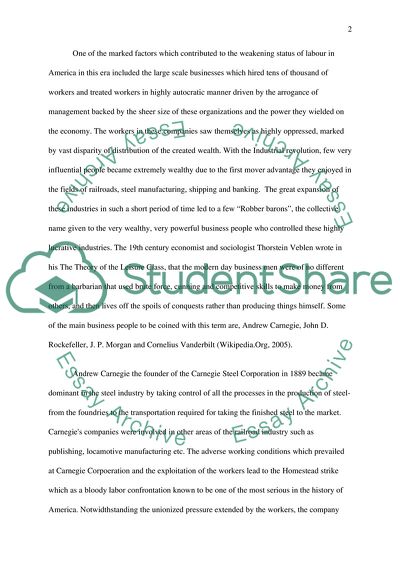Cite this document
(History of America During the Period of 1865 1900 Term Paper, n.d.)
History of America During the Period of 1865 1900 Term Paper. Retrieved from https://studentshare.org/history/1702863-history
History of America During the Period of 1865 1900 Term Paper. Retrieved from https://studentshare.org/history/1702863-history
(History of America During the Period of 1865 1900 Term Paper)
History of America During the Period of 1865 1900 Term Paper. https://studentshare.org/history/1702863-history.
History of America During the Period of 1865 1900 Term Paper. https://studentshare.org/history/1702863-history.
“History of America During the Period of 1865 1900 Term Paper”, n.d. https://studentshare.org/history/1702863-history.


